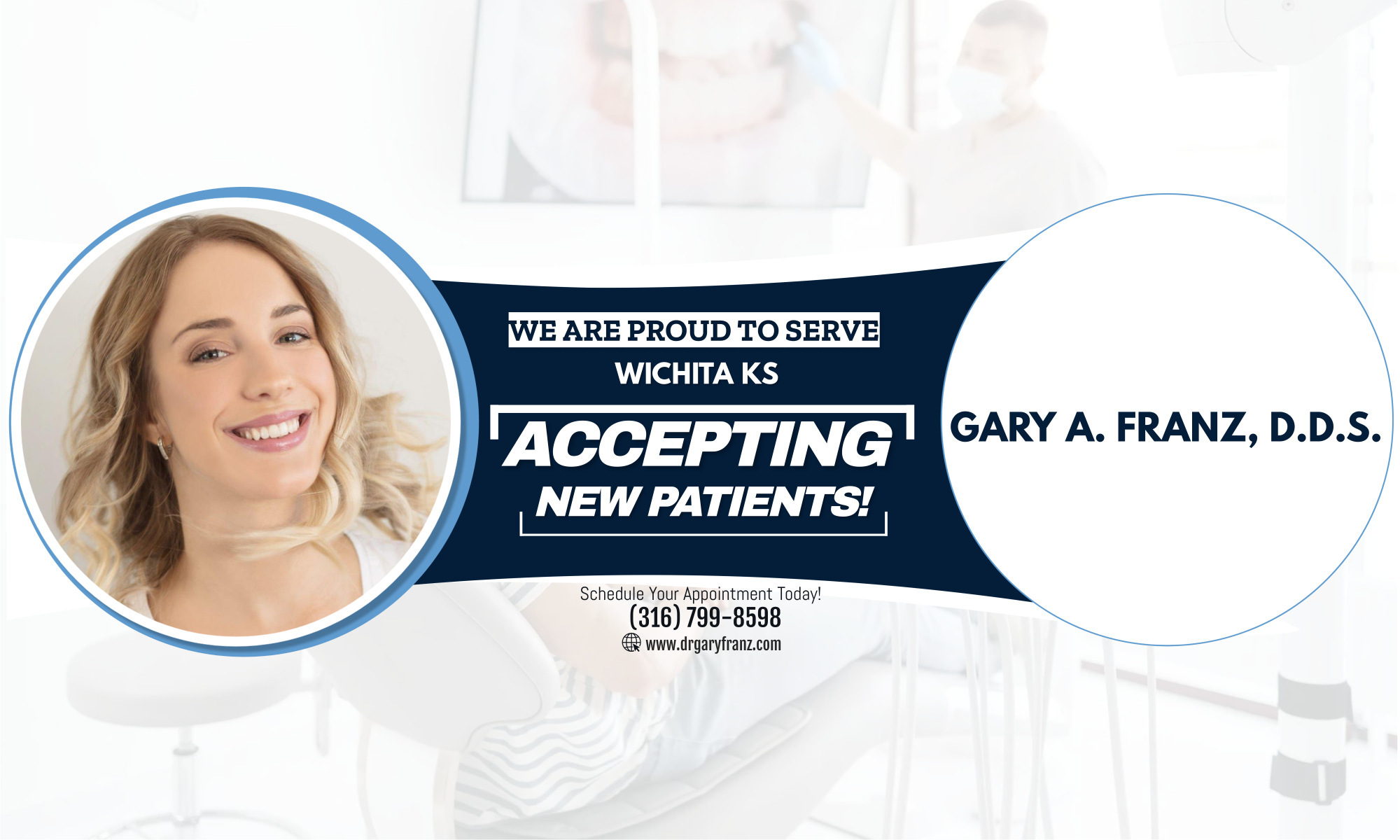Implants are one of the most important developments in dental care over recent years.
They have created opportunities that didn’t exist before for people to improve their dental health and create the smile they want.
Implants were discovered by Swedish scientist and orthopedic surgeon Dr. P.I. Brnemark and they have transformed the quality of life for people who have missing teeth.
The basis of a dental implant is a titanium rod about 1cm long. This is placed inside the jawbone and is designed to serve the same purpose as tooth roots.
Implants can either be used to replace lost teeth or to help keep dentures in place more securely.
One of the reaons implants have changed dental care so much is that, previously, there was often no other way to replace missing teeth permanently.
And there are many people who cannot tolerate removable dentures or don’t want to wear them for some other reason.
The introduction of implants had made a big change in their lives.
